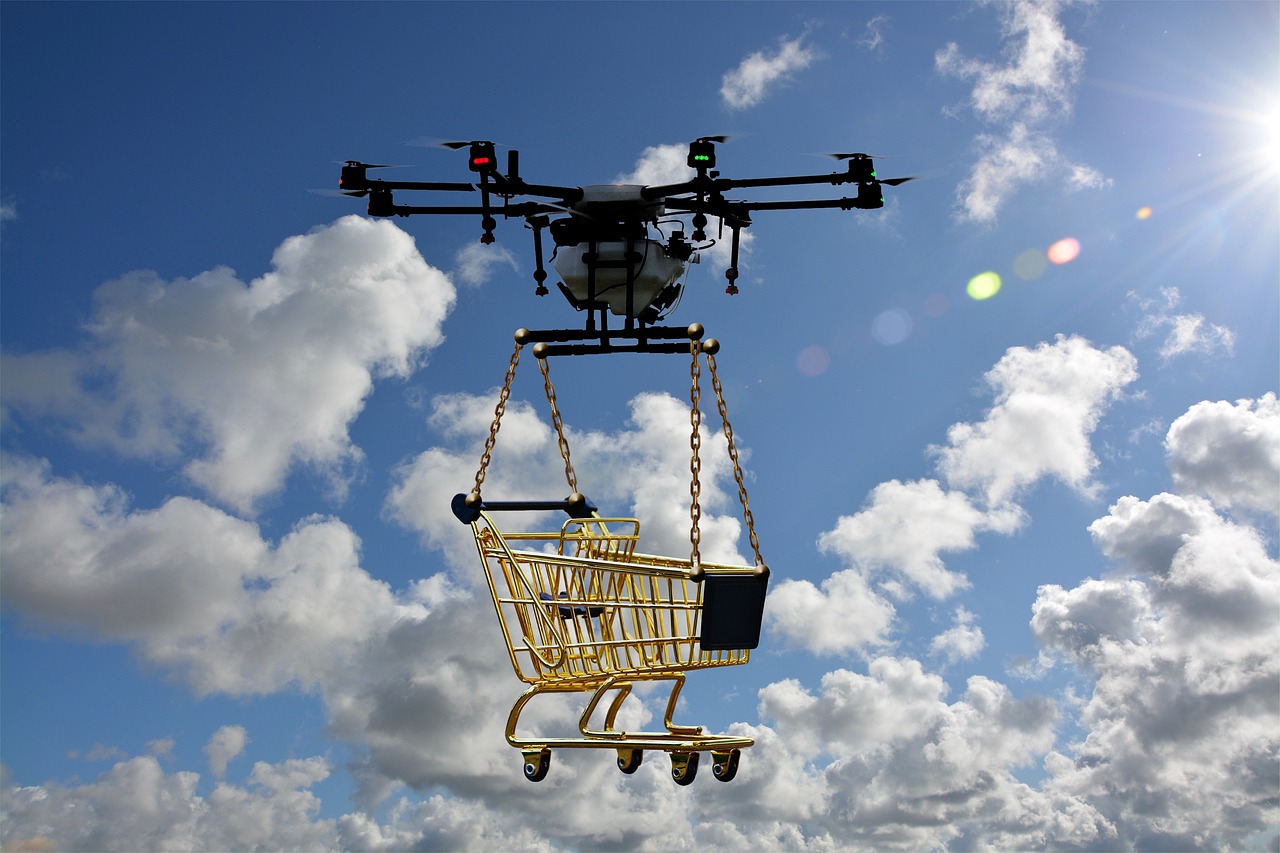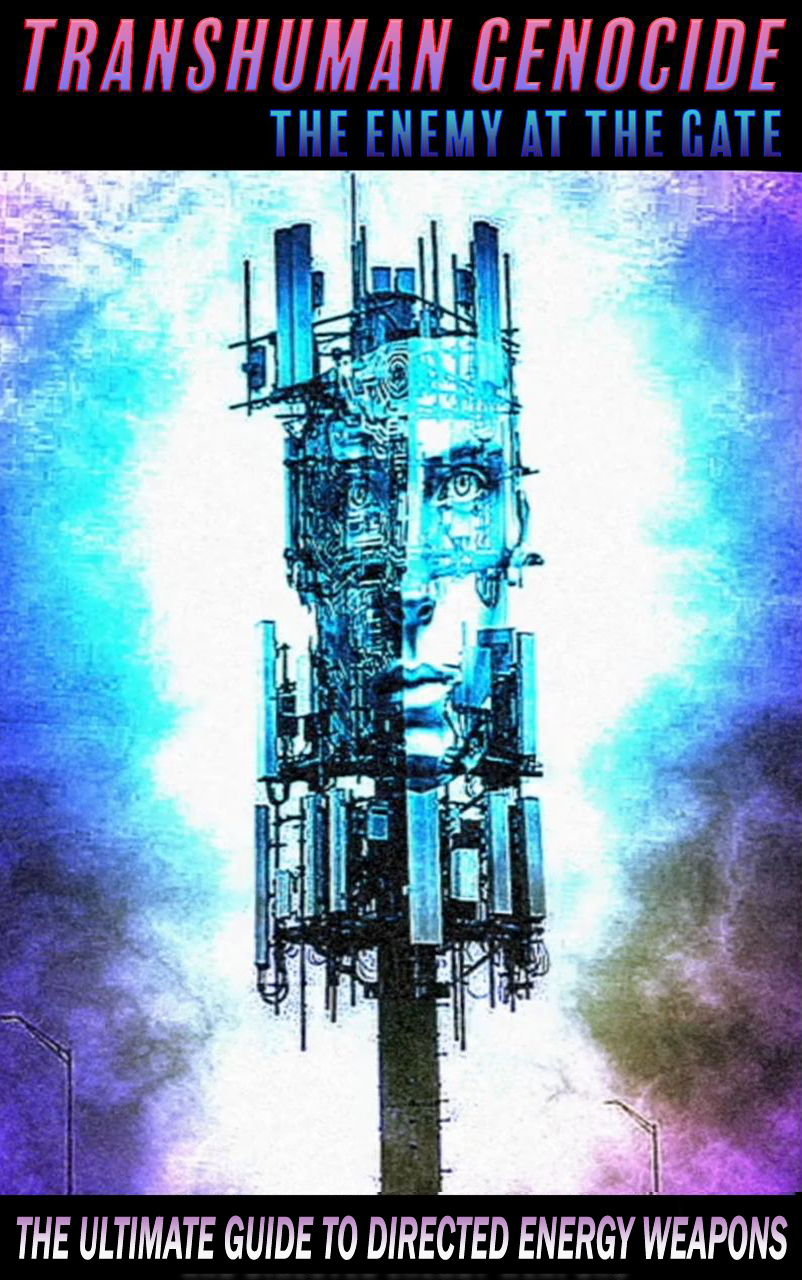AI and drone warfare are discussed in an article by Mick Ryan and Peter W. Singer on The Washington Post. Mick Ryan is a retired major general in the Australian army and author of “White Sun War,” while Peter W. Singer is a senior fellow at New America Foundation. The article highlights the lack of preparedness of the U.S. for these technologies in war scenarios, emphasizing the importance of being ready for surprises in conflict situations. Drones and AI are changing warfare as low-cost drones reshape military tactics. Ukraine is heavily utilizing this technology in defense against Russian aggression. Autonomous weapons and cyberwarfare are also significant factors in modern warfare. Starlink, a satellite system providing high-speed internet for communication and drone operations, is controlled by Elon Musk, raising concerns about its security. The article discusses the potential risks associated with the development and implementation of superintelligent AI systems in military operations. It mentions the Air Force’s Advanced Battlefield Management System (ABMS) and the Joint All-Domain Command-and-Control System (JADC2) as examples of AI-powered systems being developed to enhance combat capabilities. There are concerns about the possibility of AI-controlled systems having significant control over nuclear weapons, potentially leading to unintended nuclear conflicts. Despite warnings about the risks involved, the Pentagon is continuing to invest billions of dollars in AI research and development for military applications. The potential dangers of incorporating advanced AI systems into nuclear weapons systems are discussed, citing examples of autonomous drone attacks between Russia and Ukraine, Israel’s alleged use of AI targeting programs in Gaza, and the U.S. Department of Defense’s plans to integrate AI into weapons systems. Experts warn of catastrophic consequences if AI is used in nuclear decision-making, highlighting concerns about compressing decision time and managing highly lethal weapons. The article emphasizes the need for robust laws to prevent humans from being eliminated from nuclear decision-making processes. Unmanned, autonomous technologies such as drones and robot kits are transforming modern warfare by enhancing precision, adaptability, and strategic insight through the integration of artificial intelligence. The evolution of these technologies has led to the widespread adoption by both state and non-state actors, with examples like commercial drones being repurposed for reconnaissance and precision strikes in conflicts like the Russia-Ukraine conflict. Integrated autonomous systems combine drones, robotics, and AI for complex operations, posing new threats in warfare. China’s advancements in autonomous technologies highlight the near-peer competition and the urgent need for developing effective defenses against drone swarms. These advancements raise ethical concerns and the necessity for international regulation to prevent misuse and escalation in conflicts.


